Web Content Management solutions facilitate the creation, management, and distribution of digital content, supporting efficient website operations and seamless content updates.
Web Content Management solutions are designed to give organizations the ability to manage web pages, digital assets, and user-centric content with ease. These systems allow content creators to implement and manage site updates without needing extensive technical skills. The platforms typically support a wide range of content types, making them adaptable to the evolving needs of organizations. They often integrate with other digital tools, enhancing the overall digital experience for both the administrator and the end-user.
What are the essential features of Web Content Management?In the retail industry, Web Content Management systems support extensive product catalog management and promotional content updates. For financial services, the focus is on regulatory compliance and secure content dissemination, while in healthcare, they enable patient education and resource accessibility.
Organizations benefit from using Web Content Management as it simplifies content updates, ensures consistency across digital channels, and supports strategic communication goals effectively.
| Product | Market Share (%) |
|---|---|
| WordPress Business-Enterprise | 12.8% |
| Adobe Experience Manager | 10.8% |
| SharePoint | 10.6% |
| Other | 65.8% |






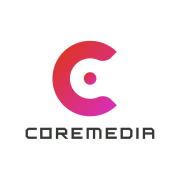
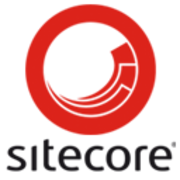






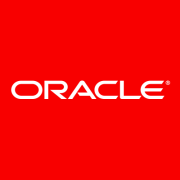




















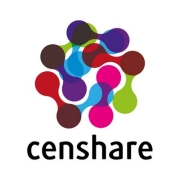


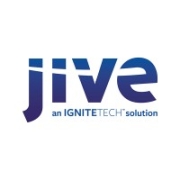


















Web Content Management systems play a crucial role in enhancing your SEO strategy by providing tools to optimize metadata, URL structures, and content editing. These systems often include plugins and modules designed to streamline keyword usage, ensure mobile responsiveness, and integrate analytics, making it easier to track the performance of your SEO efforts. By using a Web Content Management solution, you can ensure that your website's infrastructure supports SEO best practices, leading to better search engine rankings and increased visibility.
What are the security considerations for a Web Content Management solution?When selecting a Web Content Management solution, security is a top priority. You should ensure the platform offers robust measures such as data encryption, user authentication, and regular security updates. Look for solutions that provide role-based access control, allowing you to designate who can modify content. This helps protect sensitive information and prevents unauthorized changes. Additionally, vendors should offer regular security patches and updates to safeguard against vulnerabilities.
How do you integrate Web Content Management with other enterprise systems?Integrating a Web Content Management solution with other enterprise systems is vital for streamlining operations and ensuring consistent data flow. You can use APIs to connect your Web Content Management system with CRM, ERP, and marketing automation tools. This integration enables the seamless exchange of information across platforms, enhancing workflow efficiency and data accuracy. Depending on your needs, choose a Web Content Management solution that offers flexible integration options to simplify this process.
What are the benefits of using cloud-based Web Content Management systems?Cloud-based Web Content Management systems offer scalability, flexibility, and cost-effectiveness. These solutions allow you to access your content from anywhere and on any device, promoting remote collaboration. They reduce the need for expensive hardware and IT maintenance, as updates and backups are usually managed by the service provider. Cloud hosting also ensures that your website can easily handle traffic fluctuations, providing a more reliable user experience.
How can you measure the success of your Web Content Management investment?Measuring the success of your Web Content Management investment involves tracking key performance indicators such as user engagement, conversion rates, and site performance. Utilize the analytics tools integrated into your Web Content Management system to monitor traffic patterns, page load speeds, and user behavior. Assessing these metrics helps you understand how well your content performs and whether the system contributes to reaching your business goals. Regularly reviewing these insights enables informed decision-making and continuous improvement.